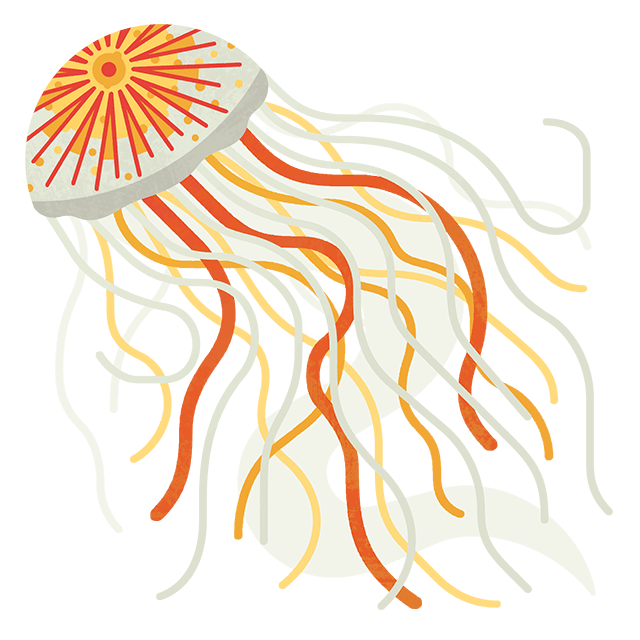
Adrift: The legacy of Lego lost at sea
3 minute read
On 13th February 1997, a huge storm near the coast of Cornwall pushed sixty-two containers off the cargo ship Tokio Express. One was filled with nearly five million pieces of Lego.
Writer and beachcomber Tracey Williams was among many people to start finding thousands of Lego pieces along England’s southwest beaches in 1997. She became fascinated by the changing face of beachcombing. Tracey began photographing her subsequent Lego and other plastic finds, which have been described as a catalogue of our time. Tracey’s book ‘Adrift – the curious tale of the Lego lost at sea’ is the story of the impact humans are having on the marine environment and is a photography project like no other.
“I love Lego. I played with it as a child”, says Tracey. “My own children played with it. We still have boxes full of Lego in the attic, ready to be handed down to future generations.
Searching for lost Lego from a cargo spill started as a bit of fun, a treasure hunt with my children. Ultimately, it opened my eyes to all the rest of the plastic in the ocean.
When the Tokio Express set sail from Rotterdam it encountered mountainous seas about 20 miles off Land’s End. A rogue wave tipped the ship 60 degrees one way and 40 degrees the other, resulting in 62 shipping containers being dumped into the ocean. One of the containers was full of almost five million bits of Lego on their way to be made into sets in North America. The strange thing was that many of the 4,756,940 pieces were for seafaring adventure sets. How the container opened nobody knows, but it released a ‘slick of Lego’ onto Cornish beaches.
Sea-themed Lego hunt
Beachcombers in the southwest of England soon began finding plastic octopuses, spear guns, scuba tanks, cutlasses, flippers and even dragons on their shores – they’re still washing up today. Among the beachcombers was Tracey: “My first find was probably a piece of plastic Lego seagrass. I didn’t know there had been a spill of Lego and remember thinking how bizarre it was to find plastic seaweed on the beach, and I took it home to show the family. Shortly afterwards we began finding other pieces too – flippers, cutlasses, daisies, life jackets, spear guns, etc. It was then we discovered there had been a cargo spill.
These days, the best time to search for the Lego is after high spring tides and strong onshore winds. We think much of the Lego is still trapped in sand dunes and between rocks. In stormy weather when everything is churned up, Lego buried for decades or lodged in crevices is released.
A visual record of manmade debris
“Over the years, ocean currents have swept the Lego vast distances – it’s been found in the Channel Islands, France, Belgium and the Netherlands. Some oceanographers believe it could have drifted all the way round the world. Most of the Lego from the spill has never been found, however, and is thought to be lying on the seabed. Fishermen regularly haul up Lego, 20 miles off the Cornish coast. They find the bits that sank, while beachcombers generally find the bits that floated. That said, some of the Lego that originally sank is now making its way ashore, swept long distances by seafloor currents.
“About ten years ago, I started keeping an online journal of plastic that washed up – a visual record of manmade debris littering our shores. After a storm, I would scour the beaches and kept a photographic record of everything I found. It was never meant to be an art project, though some people perceive it as such. Looking back through the images, it’s interesting to see how the debris changes over time. Cargo spills bring new items to our shores – printer cartridges, detergent bottles, toy wheels, flip flops, trainers, etc. Each image is like a snapshot in time.”
Adrift by Tracey Williams is published by Unicorn (Hardback, £20).
Hunt for more lost lego pieces through a beach clean
With so many pieces still unaccounted for, sign up to one our beach cleans to see if you can find any lego yourself. Join our volunteers by cleaning up and noting down all the items you find in. Every lolly stick, lost lego piece or piece of plastic - we record it.
If there are no cleans near you? Why not organise one yourself?



